The National Hockey League’s newest franchise will come together in three phases over the next calendar year. The Expansion Draft will occur first, filling out the majority of roster positions for the Seattle Kraken, followed by the NHL Entry Draft which will begin to stock the prospect cupboard, and then a free agency period. In each of these phases, there may be some obvious selections but there will definitely be some tough calls as well. Luckily for general manager Ron Francis, he doesn’t have to make all these decisions alone.
Analytics Have a Massive Presence in Today’s NHL
Though a Hall of Fame player and competent GM likely knows more about hockey than your average person, today there are a number of technological and analytical tools he can utilize to narrow his search or to break a tie between two players whose potential appear even at first glance. Beyond video and scouting reports, perhaps the greatest edge available to Francis will be the advanced analytics he has access to and the experts in that field that the Kraken has brought on board.

In February of this year, the Kraken made a very important hire. Namita Nandakumar literally wrote a thesis on the perfect NHL Draft, an interesting read if you’re statistically inclined, and she will be heavily involved in the modeling Seattle uses to make its many selections.
In fact, she’s already hard at work. A graduate of Wharton School at the University of Pennsylvania, her thesis got her noticed by more than one major sports league. From a role straight out of school with the Philadelphia Eagles, Namita moved over to the Kraken this year and immediately began working toward Draft Day.
For the Kraken’s Senior Qualitative Analyst there are numerous variables to consider beyond who will be unprotected and what positions to fill. Though there are proprietary aspects of her analytical process that can’t be shared, Ms. Nandakumar was gracious enough to answer some questions for Kraken fans who are curious about the planning and process involved in preparing for these once-in-a-life-time events for a franchise.
Interview With Namita Nandakumar of the Seattle Kraken
THW: You’re obviously a believer in the value of analytics and I’ve heard Ron Francis is as well. Of the more well known advanced statistics, Corsi/Fenwick/Expected Goals (xG), which of these do you think is the most valuable and why?
NN: I hesitate to label any one stat as the stat to use because they all have different purposes. For example, with Corsi vs. Fenwick, the fundamental question is “Should we include blocked shots in our analysis?” And for evaluating offense, you might want to include them, because those shots did have some probability of scoring when they left the players’ sticks. For evaluating defense, you might want to exclude them so that you can credit players who consistently block shots and prevent them from getting through.
Related: Hockey 201: What the Heck is Corsi?
The keyword is “might” because there are many competing philosophies here. I always recommend that people check out expected goals (xG), because I think it’s very cool that we can train a statistical model to assign each shot a probability of becoming a goal based on location/angle/etc. Then, we can do all sorts of interesting things like evaluating shot quality profiles for players and teams. One of the earliest critiques of Corsi/Fenwick/etc. was that not all shots are equally dangerous, and xG addresses that concern.
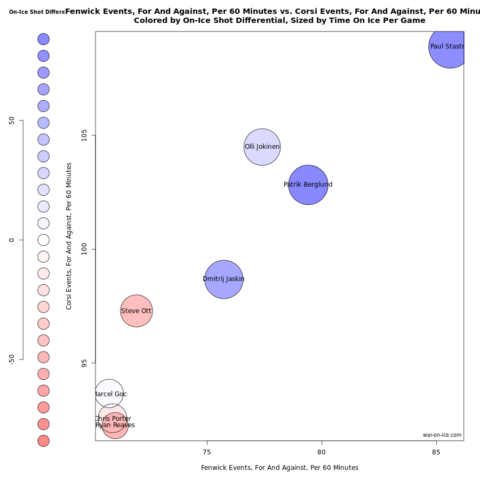
THW: Is there one of the above stats that you see as intrinsically flawed, the way people often view plus/minus these days?
NN: Since I just discussed the virtues of xG, I’ll say that I rarely look at standard goalie metrics, such as Goals Against Average or even Save %. Goals Against Average is worse because it doesn’t even try to adjust for the number of shots a goalie faces, which is not something they can control. We’ve had the ability to assess the volume and difficulty of shots faced for goalies for a while now, and it’s clear that they all play in different situations and behind defenses of varying quality. Therefore, we should account for that important context when we’re evaluating them.
Related: Seattle Kraken Will Have to Work to Build an Engaged Fan Base
THW: With Advanced Statistics being still a relatively new concept in professional hockey, is there an area of the game that deserves deeper analysis?
NN: I started my career focusing on draft strategy and prospect timelines, so I always like to mention those areas as worthy of further study. Frankly, one of the reasons you don’t always see a ton of advanced prospect analysis in the public sphere is because people who focus on that stuff often get hired! But it’s certainly not easy to do. One of the main challenges is that in many cases, you’re dealing with a lot less detailed data than you have at the NHL level, and you have to figure out ways to compare and project players across dozens of different leagues.
Related: Hockey 201: PDO
THW: Is there a player position that you find advanced statistics more predictive of performance? (eg. Forward/Defense/Goalie)
NN: I think skater offense is generally more straightforward to analyze with the data that we have now, but we can say useful things about all positions and facets of the game as long as we’re up front about the uncertainty involved and the ranges of possible outcomes.
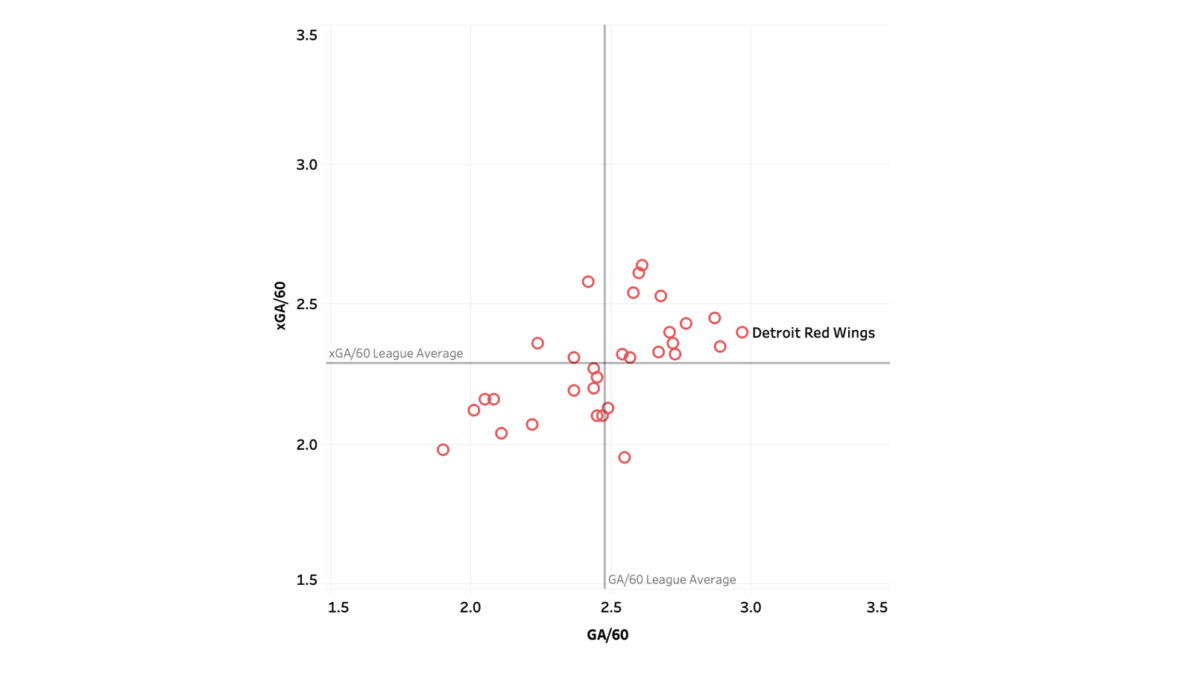
THW: In the next year the Kraken will experience an Expansion Draft, Entry Draft, and Free Agency. Is one of these periods going to benefit more than the others from advanced statistical analysis? For instance, having data for the current NHL players against pro competition versus only having minor league data for the Entry draft, does that change the weighting of advanced statistics versus goals and assists?
NN: The short answer is we’ve already started analyzing data and building models for all of these important phases of putting together our team, and we’ll continue to do so. As for the question of data availability, it is true that we may not be able to generate the exact same set of advanced stats for every other league in the world that we can for the NHL.
Related: Hockey 201: Score Situations and Team Strength
However, being a statistician is also about being able to work with and extract value from small datasets and limited information. As someone who’s spent a lot of time researching the Entry Draft, I think it’s important to emphasize that advanced stats might look a bit different for prospects but they certainly exist.
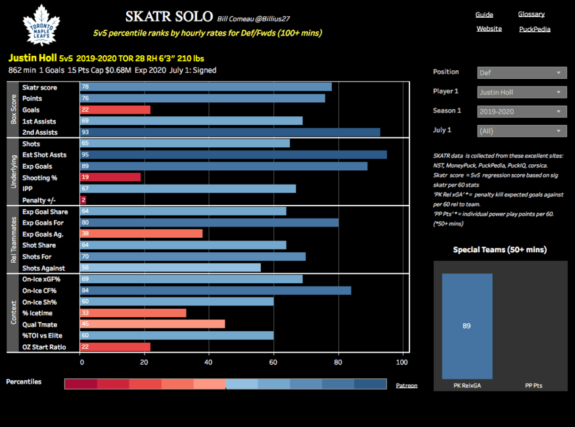
THW: When looking at the rankings on Draft Day, are advanced stats more important for selecting top players, be they top-line forwards, defense, or goalies, or is it the later round selections where you can find a diamond in the rough?
NN: There’s never a point in the draft where I would say to disregard advanced stats, but I do think they have the most potential to identify later-round gems as well as to prevent mistakes. You’re never going to hit a home run with every pick, but if you can consistently select prospects with high NHL upside and be on the better end of every draft-day trade, you have a higher chance of outperforming other teams in the long run.
Related: Hockey 201: Zone Start and a Coach’s Trust
THW: Without giving any trade secrets away, is there something that would sway your opinion away from a player with an otherwise good basic stat line?
NN: If by “good basic stat line” we mean “scores a ton of goals and/or points”, those players also frequently grade out well in advanced offensive stats. But one example of why they might not be as good as their box score stats suggest is if we think their offensive production is largely being driven by better teammates.
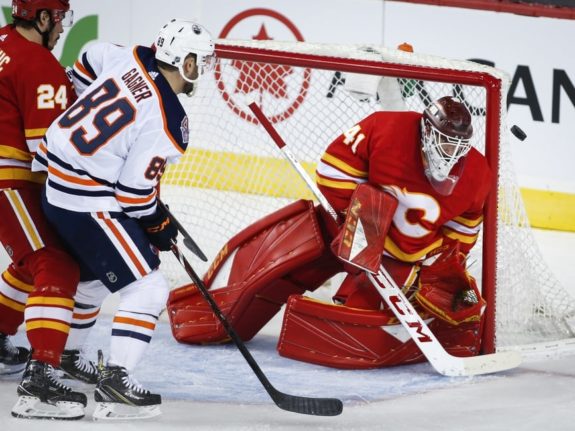
I think we can all recall instances of players having career years with great linemates and then being less productive once they get shuffled around or switch teams. Advanced stats can help identify players who may be benefiting from those types of situations, and also identify players who might not seem notable based on box score stats but are actually doing pretty well in tough situations.
THW: At what point for you do goals and assists outweigh the other statistics in merit? Art Ross trophy winner Leon Draisaitl has been a topic of debate because, despite having the highest points in the league this past season, he had a negative plus/minus. For me, he’s still someone I want on my team.
NN: I’ll say I have no opinion on awards just to get that out of the way. But in a more philosophical sense, I don’t think “there’s some threshold at which points outweigh everything else” is the right way to think about stats. If you build a model that evaluates player impact based on every shift, and it says that a player with a lot of points is not as valuable as a player with fewer points but better defensive impacts, that doesn’t mean the model is automatically wrong.
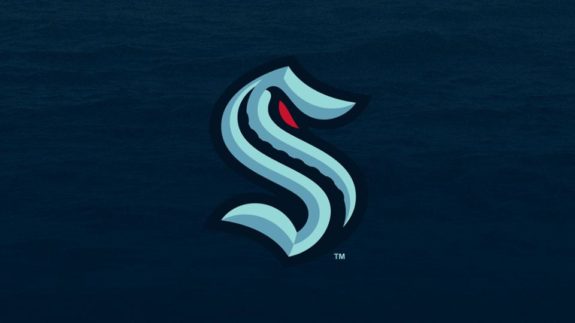
Now, I’m not saying all models and advanced stats are equally good; you can always dig deeper into the process and find stuff that you disagree with. As a simple example, if you saw that someone wasn’t properly differentiating between EV and PP situations in their analysis, that’s a valid reason to criticize their model. (That’s also one of the many reasons plus/minus sucks! You can only get a – on the PP, never a +. But I digress.)
Related: Hockey 201: Goaltending and Hextally
In short, “look at their points” is just not the type of critique or argument I find compelling. I don’t think it should be very controversial to say that offensive impact is not solely captured by points, and that defensive impact does matter. Sometimes I might wish that my job was as easy as sorting a list of players by total points and then having a beer at work, but we have a lot of other information at our disposal nowadays, and it’s important to consider all of it.
THW: Last question, on a related but different topic. You often comment on fantasy football on Twitter. With the Seahawks blowing the doors off their competition this year, and Russell Wilson looking like a future MVP, why did I draft Carson Wentz ahead of him and how can I save my season?
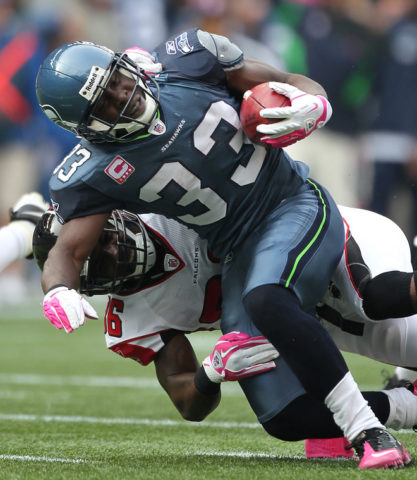
NN: Haha, I also drafted Wentz (albeit after Russ was off the board) as a bit of a homer pick, so you’re not alone. I did pick up Justin Herbert off of waivers recently, I think he’s shown a lot of promise for the Chargers. I wouldn’t call myself a fantasy expert just yet but my broad strategy as a first-time player was to draft RBs in the first few rounds, take some swings with rookies and high volume WRs on bad teams, and try to stream QBs with favorable matchups week-to-week. So far it’s going okay.
As this is a hockey site, we won’t go into any further depth on the fantasy football topic, but it’s safe to assume the author won’t be taking home any hardware this season. For the Kraken, who was very kind to allow this interview to occur, any edge they can utilize to make their Day One roster better will help to win the uphill battle that an expansion franchise faces. Their analytics team is just one aspect of that, but it might just be the most important one.